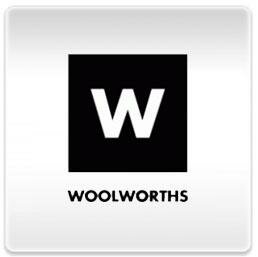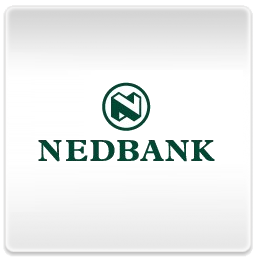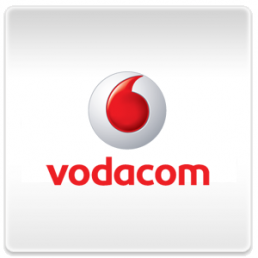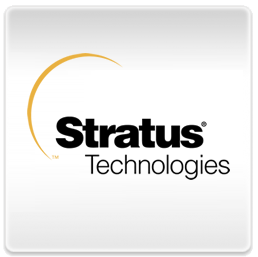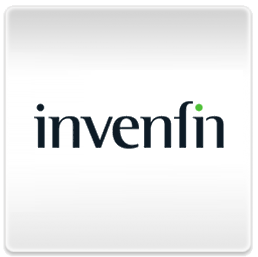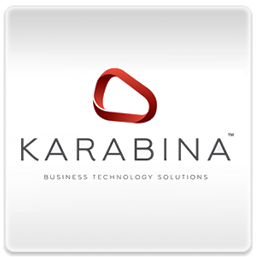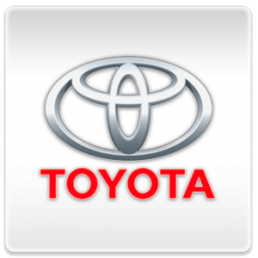SXSW: Social Media and TV
Submitted by John Beale on Mon, 2013-03-11 13:57
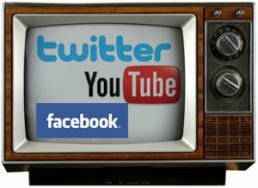
A big discussion point at SXSW is the learning and innovation around social and television. The US pretty much leads the entertainment business and their social media integration into their television series, reality, sports and news has been quick to market. Stepping back to look at trends and what has worked shared her insight, as well learning’s from the social team at WWE.
The most tweeted about categories are still Reality TV, Sports, Series and One time special events. Interesting insights:
- Reality TV & One Time Events – The selection of hosts and the conversations around them show there to be more conversation on social media than the actual contestants. This could be a strategy from the producers
- Sports – Sporting events see nearly no conversation pre game. Post the height of game day, conversation trails off for 3 or 4 days . WWE Social is doing fascinating work here which I’ll unpack more below.
- Series – See natural peaks and throughs as show airs, with spikes on the pilot and finale. What is fascinating is that the social conversation measured when the pilot of the show airs can predict the success of the show in the future.
Social as a discovery to shows
Recommendation to watching shows is a strong driver to ratings. Three out of ten people watch a show because someone on Twitter said they should. In many cases Twitter has become somewhat of a digital water cooler. This was effectively used by the ‘House Of Cards’ series who seeded pre-show content to get them to recommend it to their networks. Production houses are also successfully tapping into existing communities (e.g. House fans on Facebook and Twitter) to get them to watch a new, similar series.
Engaging your audience
A major topic of discussion is the emergence of streaming all at once (e.g. Netflix releasing the entire House Of Cards series at once), which means that the conversation doesn’t take a natural flow on social channels. This being said, it provides those that do spend the whole weekend watching the entire series an opportunity to become the influencers within their networks for these shows. Networks need to leverage these “influencers”.
Certain shows get the actors to run character accounts on social that engage with each other during and post the show, driving the engagement of fans with the series. The Grammy’s used social to drive conversation pre show, asking fans what they’d like to see, showing installations and show set up.
The WWE does this to huge success, giving fans different wrestler, event and fan content on different social channels. They effectively use social to poll viewers for questions in the ring and use hashtags to aggregate those polls. The WWE Digital team doesn’t stop there though. Learnings from many talks suggested that the TV conversation is not just happening on Twitter, and different types of content are generated from TV references on different platforms, and brands can leverage or tie this together somehow. For example, immediate conversation on Twitter and Facebook will be followed by a repost Meme on Tumblr on the show that then in turn generates blog posts, tweets and possibly a Youtube video spoof. This cross channel flow and integration is something many shows/brands that sponsor haven’t considered yet.
WWE has made sure that the ubiquitous platform experience takes centre stage for them. Content paywalls appear at different levels for added value content into the world of WWE, making sure fans are connected to the LIVE experience 320 days a year. John Cena made mention to the fact that unlike the NFL/NHL, WWE ensures that during ad breaks their social profiles drive fans deeper into the content hubs, allowing them to see wrestlers getting ready back stage or others leaving the arena for post interviews. This content also sits on different platforms, whether it be live-streamed on YouTube, their website or their App, and all on different levels behind the paywall. The group also uses other tactics to monetise, such as pushing links to the e-store promoting clothing the wrestlers are wearing at the time. (They correlate this data and claim it drives 30% increase in sales on the nights). Although a lot of their content isn’t planned in advance, they insist that teams for live event social need to be as close to the production crews as possible.
In closing, it seems full-scale integration across channel for TV and social seems a goal for 2013, and the growth of NetFlix is causing concern in the industry. Many are looking past hashtags, and how they can use the information for feedback or possibly even adaptive path advertising/shows in future. The big learning was the engagement around content during show, and taking fans and followers deeper through added value content where they want it, at that time (and that they’d be willing to pay!). Branded video content in channel, through the entire experience to watching needs to be there from brands.




